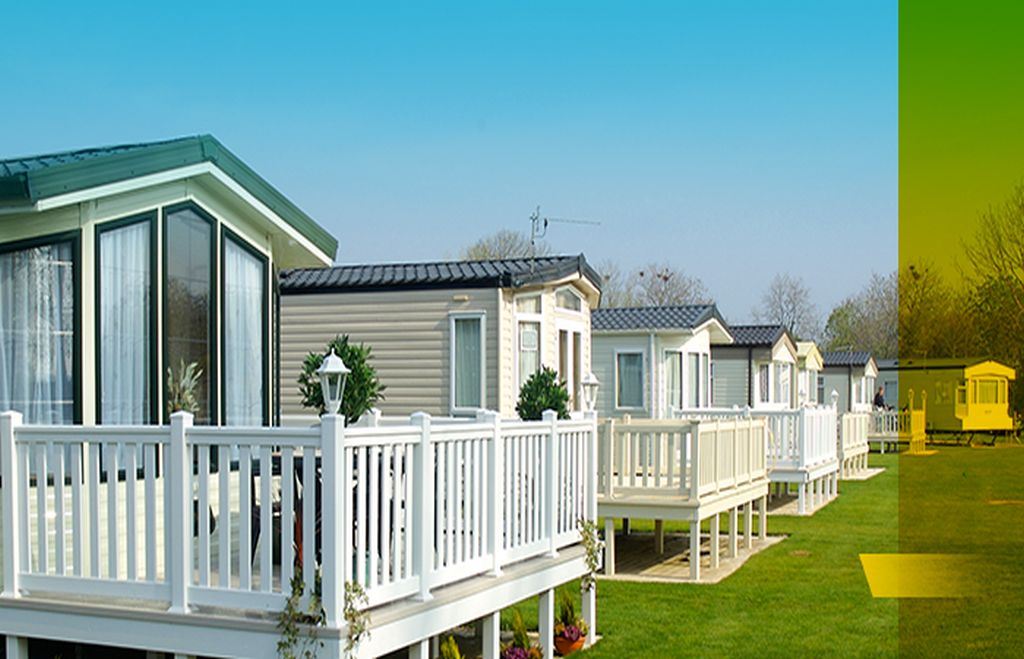National Caravan Council figures show holiday home production fell 1.1% last year, with 22,367 units produced. Dispatches onto holiday parks in the same period grew by 0.6%, with 20,668 units dispatched.
The market continues to be in the midst of an odd time. There are reasons to cheer and groan, which is ultimately why statistics and feedback confirms that 2018 ended with a sales tally broadly in line with prior year. Achieving the sale is harder though. According to dealers and parks, footfall is lower, with consumers not spending as freely. It is no secret that the UK’s economy is unsettled, mainly due to Brexit. As the mystery of what the withdrawal date will bring intensifies, consumers are understandably refraining from making big-ticket purchases. In theory, the confusion should settle down once we know the impact and cost of leaving the EU.
Price increases have been a hindrance to the new market, pushing many consumers to opt for a more affordable used unit instead. Demand has grown for pre-owned caravans over the past few years and it does not look like it will change anytime soon. For traders, the hike in demand does bring its woes. As always, good quality stock carrying the essential spec is limited. Demand continues to outweigh supply with dealers having to be proactive over the winter period to source stock.
Park owners will be pleased that we did not suffer a winter, similar to last year’s, which reportedly caused a large number of caravan owners to give up their pitch and sell their units. With Easter being later this year, with an increased chance of better weather, this will hopefully also, give the season a welcome boost.
According to dealers and manufacturers that Glass’s editors have spoken to, activity in January was strong. An unexpected boost for the market arrived with February’s Caravan, Camping and Motorhome show at the NEC, Birmingham, which turned out to be a productive week, generating a healthy number of leads. Activity in March has reportedly tailed–off. Feedback suggests that stocks of unsold 2018 season units have led to reduced orders for this season’s stock. At some point this year, leftover unallocated 2019 stock will hit the market, with even greater discounts.
Brexit aside, there is still a strong, underlying demand in the market. The staycation holiday has become more popular in recent years, helped by large regional marketing campaigns run by local councils & tourism boards. The hard work could unravel unless manufacturers take action to make the market more accessible and affordable for the younger generation. Finance plans make owning a unit difficult due to rising cost new prices each year. Campaigns run in the 1980s to attract new business were successful, helped by affordable incentives from manufacturers and parks. Something similar is required to ensure a sustainable future for holiday home ownership.
Glass’s have held values for the April edition as we enter the busiest selling period.

 Close
Close